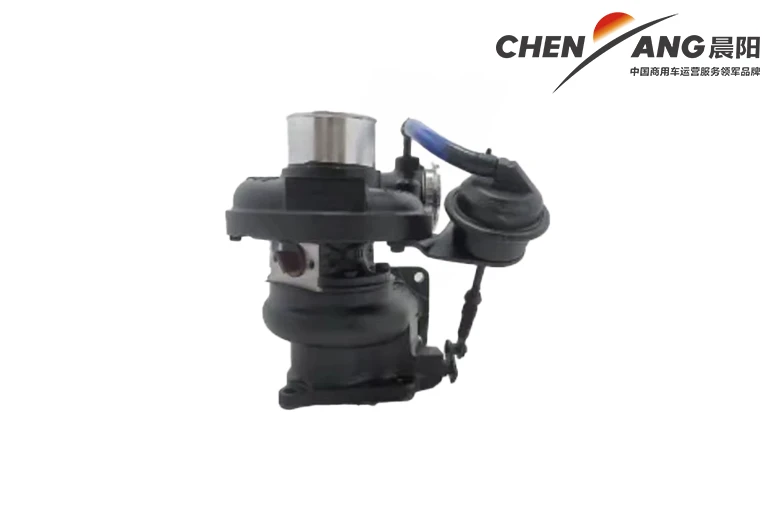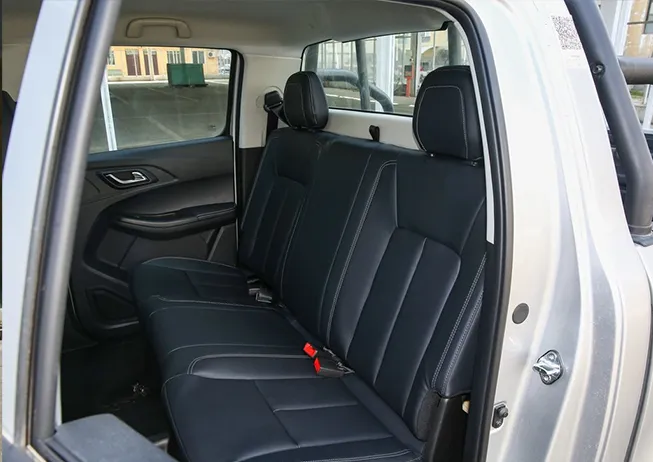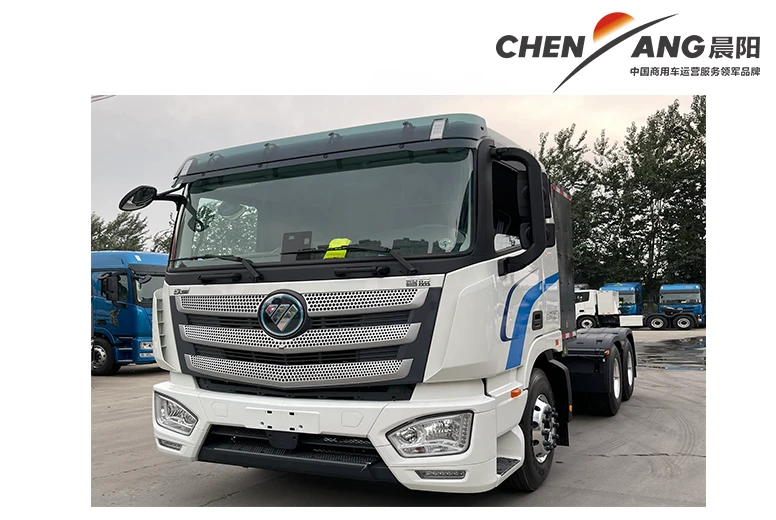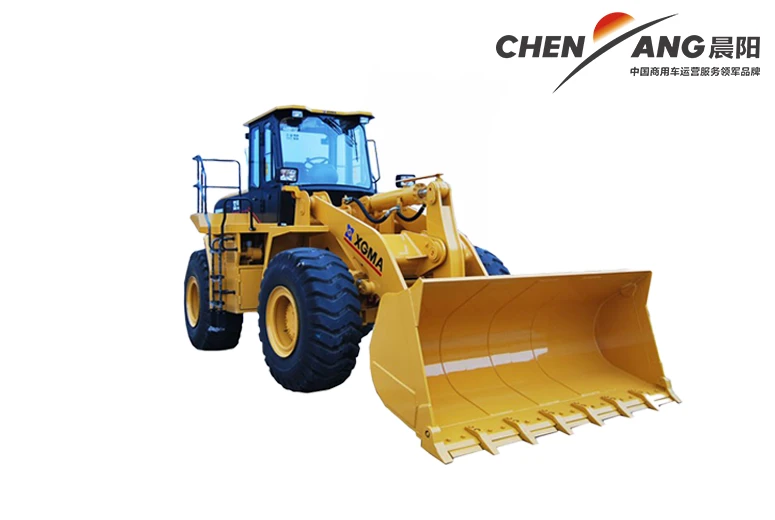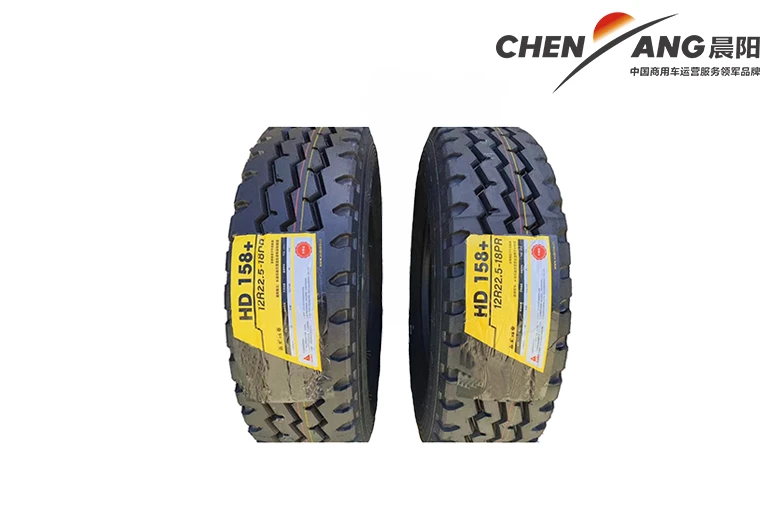One of the key components of a pressure regulator is its internal mechanisms, which usually include a diaphragm, a spring, and a valve. The diaphragm responds to changes in pressure, while the spring exerts a force that helps maintain the desired set pressure. When the downstream pressure drops below the set point, the diaphragm moves to open the valve, allowing more fluid or gas to flow through and restore the pressure. Conversely, if the downstream pressure exceeds the set point, the diaphragm closes the valve to reduce the flow. This precise control mechanism ensures that pressures remain within the desired range, providing stability in the system.






